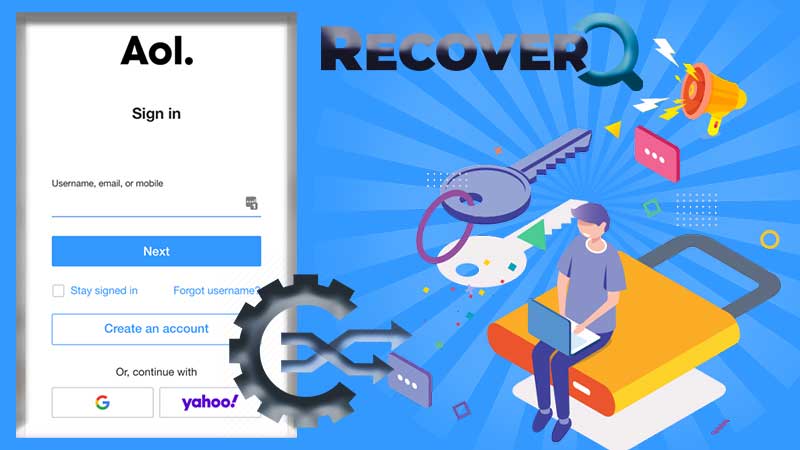The subject line of your email is one of the essential parts of your application. It should have your name and job title. Your email should be formatted to be easy to read by a prospective employer, so you’ll want to use a friendly closing line and sign off with your full name. When writing your email, make sure to proofread it for errors and keep it as simple as possible.
Including a thank you in a professional email.
When sending an email to a potential employer, you want to include a thank you. Your signature should say, “Sincerely, Your Name.” You don’t want to have a link to your social media account or a quote about “it’s beer o’clock somewhere.” Instead, make your signature as personalized as possible by adding a few details.
Thank you emails can be sent to online customers, remote employees, or people you have met. It’s an opportunity to highlight their contributions and acknowledge their importance. You can also send a thank you email to a potential client after you’ve provided professional advice. If the person is willing to provide feedback, include a personal thank you note to the recipient to know that you value their input.
Keeping it simple streamlines communication
Keeping it simple communication for dozens of reasons:
- You save time. Research has shown that businesses with over 100 employees spend more than 17 hours per week defining and clarifying their communication, costing $528,443 annually.
- Companies that are more efficient at communicating enjoy 47% higher total returns than their peers.
- They are more likely to outperform competitors.
Today, there are countless ways to communicate with colleagues. Slack, email, conference calls, and Zoom are just a few examples of these tools. Today, communication is even more critical for remote workers. Three-quarters of employees miss out on company news. And employees cite breakdowns in communication as the number one reason for workplace failures. Companies need to find the right solution to streamline their communication with all these communication options.
Using “To Whom It May Concern” is okay.
When sending emails for a job, it is okay to use the phrase “To Whom It May Concern,” but not when you aren’t addressing the recipient by name. If you’re writing an email to an employer without knowing their name, you may want to use the alternative “To Whom It May Concern.” If the person you’re addressing doesn’t have a name, you can look for a point of contact in the company or job posting. If that doesn’t work, you can always contact human resources or professional writing services.
Although “To Whom It May Concern” is not a grammatically correct greeting, it’s perfectly appropriate to address a contact you don’t know. If the recipient is a faceless customer service representative, it’s okay to use “To Whom It May Concern.” However, if you’re communicating with a prospective employer, you might want to use another greeting.
Proofreading your subject lines for typos or punctuation errors
When writing an email for a job, you should proofread it for mistakes. If your subject line contains typos or punctuation errors, the reader may not read the rest of your message. Proofreading your email is crucial for many reasons, including professionalism. It’s a lot like creating a resume. Poor grammar, missing attachments, or confusing sentences can send the wrong message to your audience. If you know your patterns, use your computer or app’s “find/change” feature.
A full stop, question mark, or exclamation point is a common choice but avoid them. While these phrases may attract more attention than the other syllables in your subject line, they are also less grammatically correct. Using question marks, exclamation points, and periods in your subject lines increases your open rate by two to four percent. But remember that different punctuation styles will work for various industries, so experiment and see what works best.
Including an electronic signature
Including an electronic signature in a professional-looking email is a must. Your email application will appear casual and lack a professional touch without one. Signatures are an effective way to convey personal information while creating a professional impression. Here are some tips on how to make the best one. You should include your name, affiliation, and other details in your signature. Include the company name, website address, cell phone number, and international prefix.
In addition to your contact information, your email signature should also contain your brand colors. You may want to include a link to your LinkedIn or Twitter profile. However, you should refrain from having inspirational quotes in your email. A more appropriate place to include these details is on your LinkedIn profile. You can also include a link to your LinkedIn profile if you have one. Ensure that the email you send is professional and has an easy-to-read email handle.
















